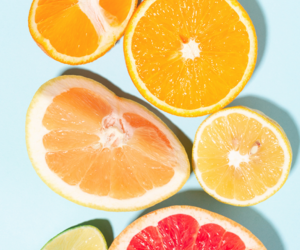By Steve Johnson, Chairman of the Florida Citrus Commission
With the one-year mark of the pandemic in the rearview mirror, many of us are ready to move on. But, as Dr. Marisa Zanlser reminded us during this week’s Commission meeting, there is still plenty to learn from this unprecedented year.
In 2020, we saw sales of orange juice surge, especially in the early weeks of the pandemic. Consumers were visiting traditional grocery stores more frequently and stocking up on essentials. Orange juice with its well-known health benefits flew off the shelves.
Behind those sales were shifting consumer dynamics that may provide insights we can use moving forward.
According to EMRD’s report, orange juice wasn’t the only beverage to experience a pandemic-related bump. In fact, the entire beverage category experienced a 10% increase in dollar sales in 2020 with fruit juice alone up by 12% – significant shifts for categories that had been in decline in recent years.
While OJ and Grapefruit Juice represent a small fraction of that, they had the highest percent changes in volume increase among major beverage categories.
In American households, this is evident in the percentage of homes purchasing OJ and the number of gallons they are purchasing each year – both at 2017 levels – and the frequency of those purchases, which is at 2016 levels. This is happening despite hitting a decade low in the percentage of OJ being purchased at a discount or by coupon.
In other words, demand was strong during the pandemic crisis. But what does this mean for the remainder of 2021 and beyond? We have seen sales drop in previous years when orange juice is no longer top of mind.
As Dr. Zansler shared, many consumers are still shopping with the pandemic in mind. But we are seeing shifts in the reasons why OJ continues to be on shopping lists. Health and wellness remain strong drivers but a growing number are reporting their families have grown used to drinking OJ in the past year and are now requesting it.
Going forward, it will be important to maintain that momentum by implementing marketing programs that help keep OJ top of mind for consumers as they slowly return to normal life, whatever that may be.
The current e-commerce program, which highlights Florida origin and the health benefits of OJ to lapsed and light buyers, continues to perform well. Since July, the e-commerce programs have reached 308.7 million impressions and delivered $14.4 million in attributable sales of 100% orange juice with a Return On Ad Spend (ROAS) of $8.72.
Originally published in the Florida Citrus Mutual Triangle
